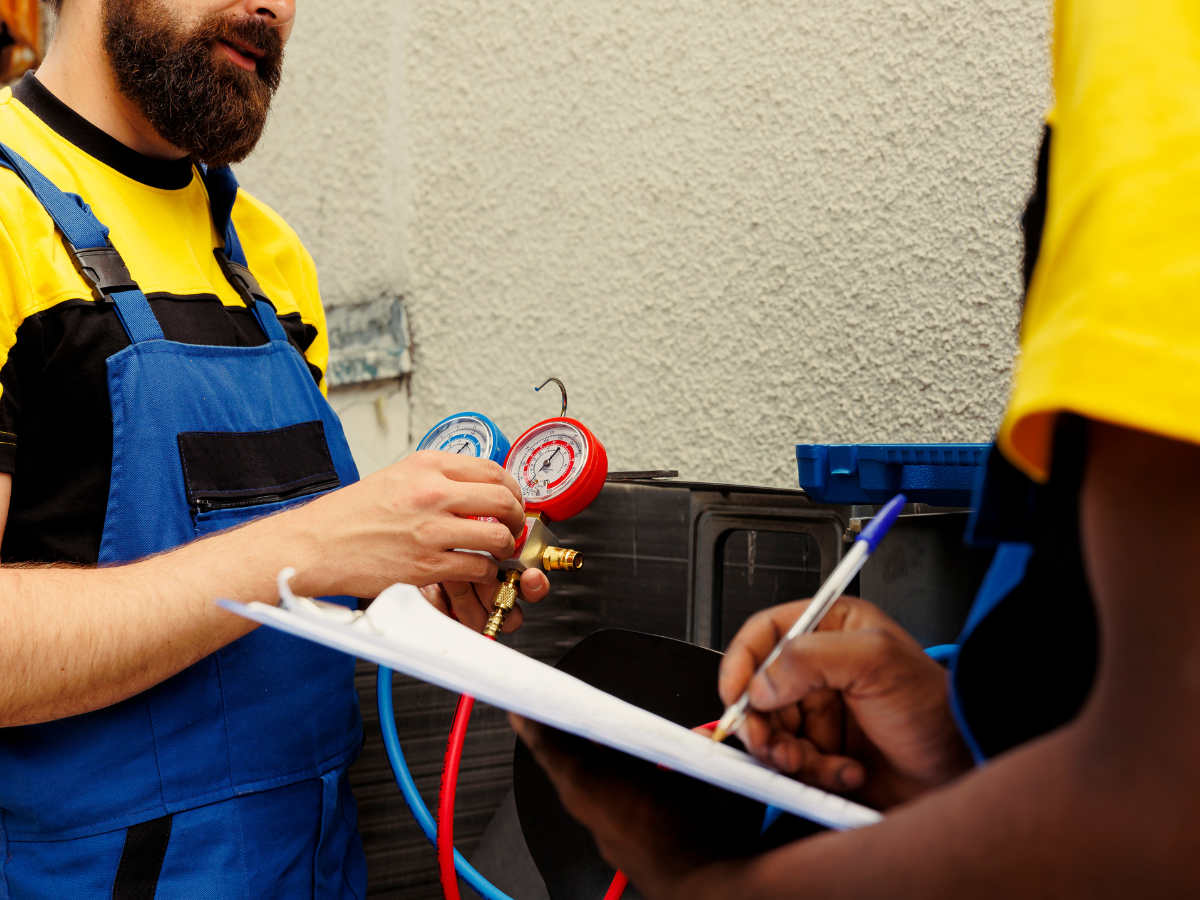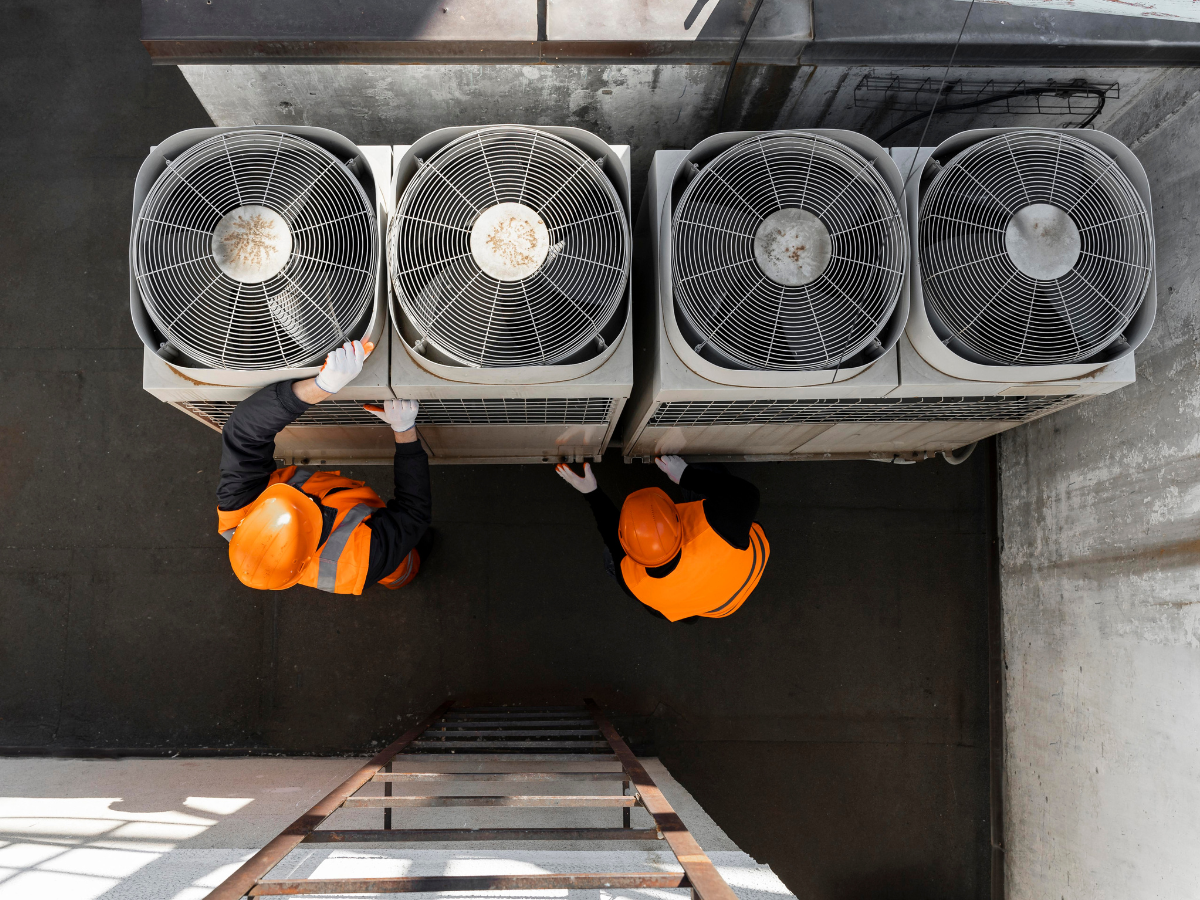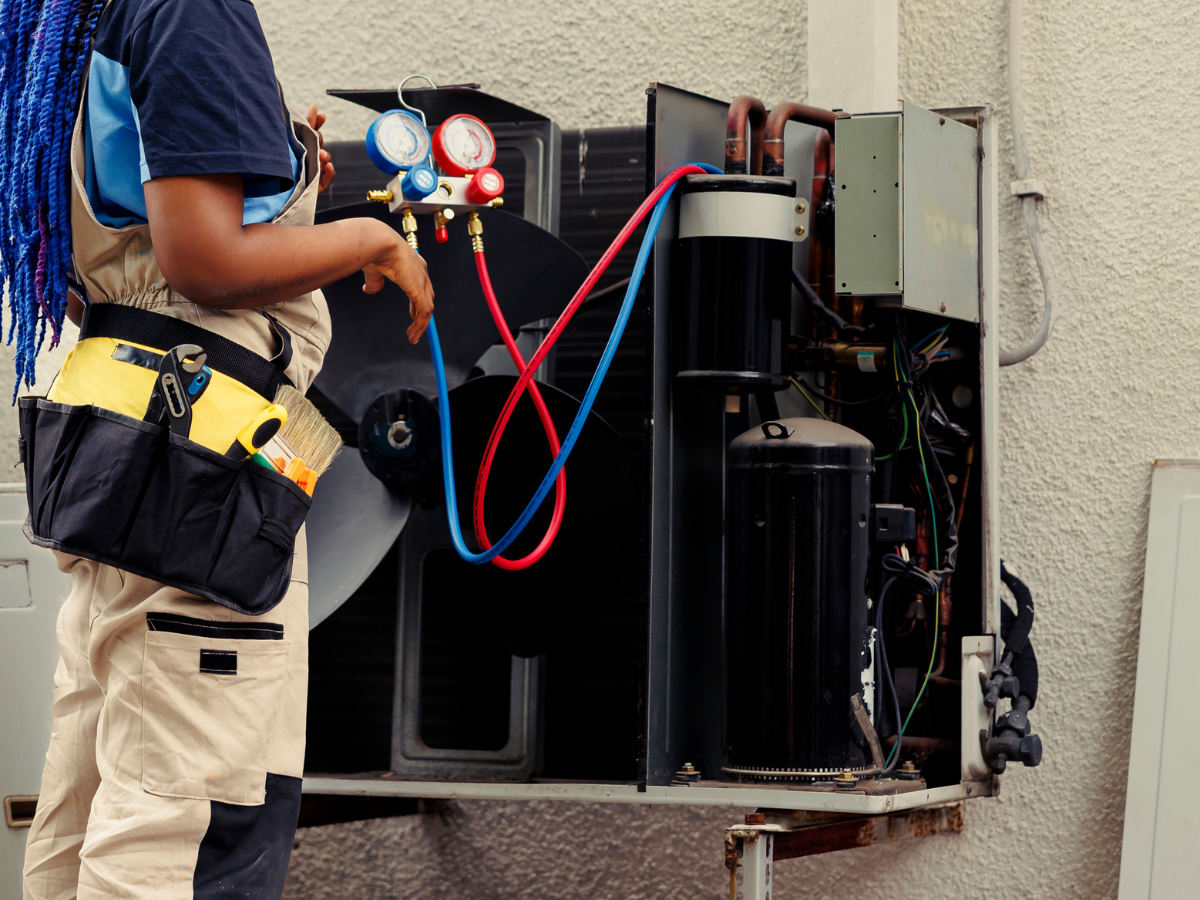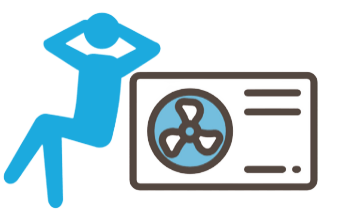Furnace Repair Ferndale Wa
Furnace Repair You Can Count On - Comfort Zone HVAC
If you’re in need of furnace repair in Ferndale, WA, look no further than Comfort Zone HVAC. We specialize in all types of heating and air conditioning repairs, installations, and replacements. Our team of highly skilled technicians is dedicated to providing the highest quality service at an affordable price.
Why Choose Us?
Comfort Zone HVAC has been servicing the Ferndale area for over two decades. We have a long history of happy customers who trust us with their home comfort needs. Our technicians are certified professionals who know how to diagnose any type of problem your heating system may be having and can fix it quickly and cost-effectively. All of our work is backed by a satisfaction guarantee so you can rest assured that your furnace will be operating safely and efficiently after we finish the job.
In addition to providing top-notch repairs, we also offer installation services for new units or upgrades to existing systems. Our knowledgeable staff can help you select the right unit for your home's size and energy needs. And our competitive rates make it easy to budget for any necessary updates or upgrades to your heating system.
We Stand By Our Work
At Comfort Zone HVAC, we not only take care of all your furnace repair needs but also provide ongoing maintenance services like filter replacement and annual inspections to keep your unit running smoothly throughout the year. We understand that furnaces require regular upkeep to ensure a long lifespan, so we stand by our work with a warranty on all parts and labor used in our services. That way, you can count on us for years to come if any unexpected problems arise with your unit after we've completed the job.
For superior furnace repair services in Ferndale, WA look no further than Comfort Zone HVAC! With our experienced technicians and competitive rates, you’ll find that getting fast and reliable repairs at an affordable price is easier than ever before! Contact us today to learn more about how we can help keep your home warm this winter season!
You might also like




